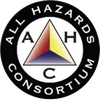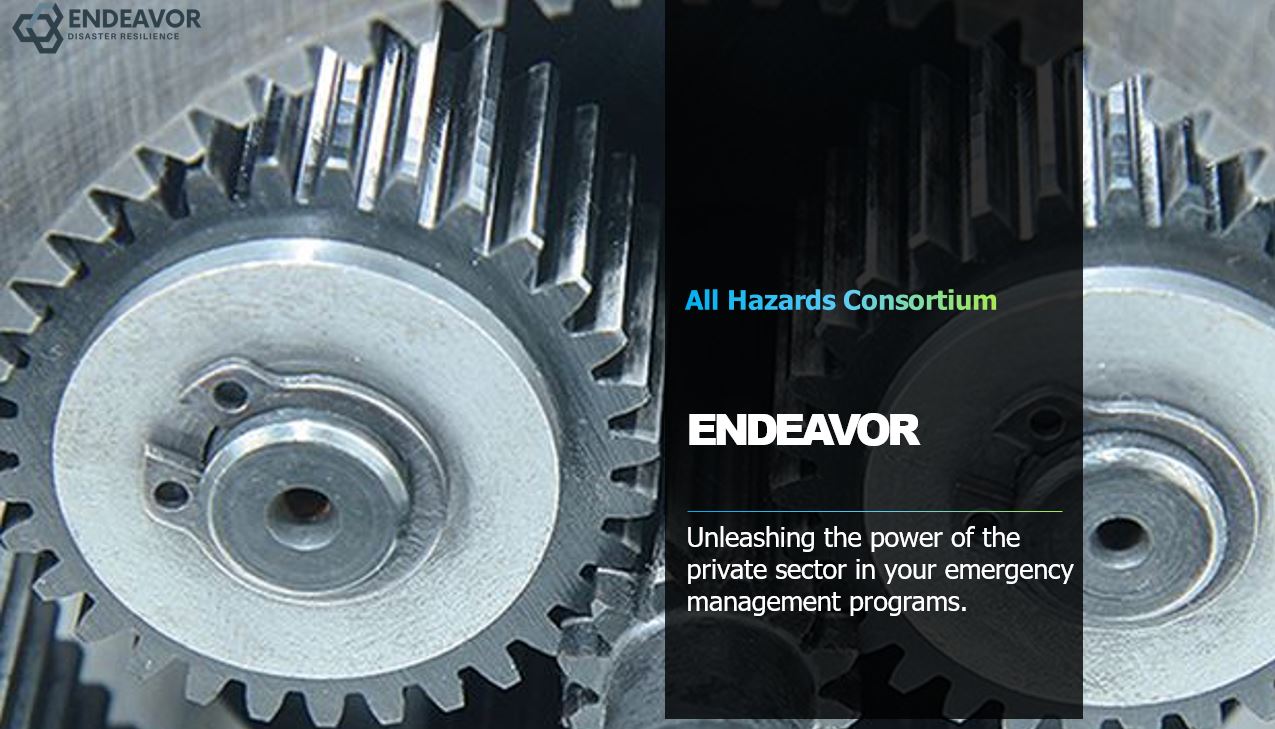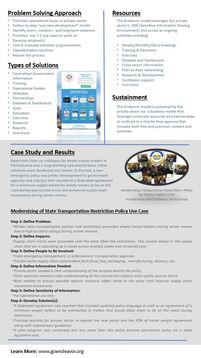What is ENDEAVOR?
ENDEAVOR is a private sector operated planning and problem-solving framework designed to support integrated problem solving with state/local government emergency managers at the state and local levels.
The ENDEAVOR framework is a structured way for state and local emergency managers in a specific state to work with the private sector business and infrastructure owners on planning, response, recovery and mitigation activities following any type of disaster or disruption. ENDEAVOR formalizes partnerships between emergency management and private sector partners to reduce the impacts of hazards statewide by increasing overall resiliency with increased preparedness, response, and recovery capabilities, ultimately saving lives and better-protecting property. What Does ENDEAVOR Do?
ENDEAVOR solves operational problems between industry and government during blue-sky days and more effective responses during dark-sky days. ENDEAVOR continually leverages the larger pool of people, tools, and resources of the SISE (Sensitive Information Sharing Environment) and its hundreds of partners nationwide. It reduces risk and increases community resilience a faster, ore efficient manner. Why was ENDEAVOR Created?For many years, government and industry have struggled to sustain a formalized, safe integrated planning framework to solve operational problems they both face during all types if disasters and disruptions.
In the past, state/local government funding or operated frameworks have struggled to fill this void, with some exceptions, and cannot provide legal protection that industry needs to have open and direct conversations about a specific problem, its impacts, the people needed to be involved, the information needed, the privacy protection of the people & information, and the possible solutions needed. ENDEAVOR is a private sector operated planning and problem-solving framework designed to support integrated problem solving between industry and state/local governments. ENDEAVOR addresses the private sector’s desire to better absorb, adapt to, and/or rapidly recover from disruptive events caused by natural or man-made threats (physical or cyber) through a sustained cross-sector problem solving process that provides private sector with: • A safe, FOIA protected space for industry and government to work • An industry operated and supported governance structure • Sustainment of the process while government cycles through turnover caused by elections, shifting priorities, resource constraints, and retirements. Background
The ENDEAVOR framework was originally develop by the private sector after Superstorm SANDY to address numerous operational issues and delays with the movement of industry resources across state lines to restore power, communications, provide fuel, water, materials, etc... in New Jersey and New York. The Multi-State Fleet Response Working Group (FRWG) was formed in early 2013 and chartered under the All Hazards Consortium (AHC) by industry to address numerous problems and state emergency managers participated in the planning process. The AHC provided the FOIA (Freedom of Information Act) protection, connection to state agencies when needed, and the connection to multiple sectors to address cross-sector issues and coordination during event. In May 2018, the FRWG's legal framework was adopted by the Pennsylvania Emergency Management Agency (PEMA) to create the same legal framework to focus on Pennsylvania. The private sector in Pennsylvania the named the framework: The ENDEAVOR Model Implemented in Pennsylvania in early 2018, the ENDEAVOR-PA model leveraged the work and partners of the FRWG and quickly created operational solutions in: • Public/private operational planning • Transportation • Information sharing • State emergency policy modernization The ENDEAVOR Model can be duplicated in other states and counties who wanted to establish a sustainable public/private, problem solving framework in their jurisdictions. The ENDEAVOR Model is supported by the industry and government stakeholders, working groups, and partners of the All Hazards Consortium. |
- Home
-
STORM Central
- ELLIOTT DEC 2022
- Ian Sept 2022
- LANDON FEB 2022
- IZZY Jan 2022
- NICHOLAS Sep 2021
- IDA Aug 2021
- HENRI Aug 2021
- FRED Aug 2021
- ELSA July 2021
- Tabitha / Uri / Viola Feb 2021
- ETA Nov 2020
- ZETA Oct 2020
- DELTA Oct 2020
- SALLY Sept 2020
- LAURA AUG 2020
- MARCO AUG 2020
- ISAIAS July 2020
- Spring Storm April 2020
- Corona Virus March 2020
- Hurricane DORIAN Aug 2019
- Tropical Storm BARRY July 2019
- ULMER 3/14/2019
- HARPER 1/18/2019
- DIEGO 12/7/2018
- CA Wild Fires
- MICHAEL 10/7/2018
- FLORENCE 9/9/2018
- GORDAN 9/2018
- FEMA Exercise May 2018
- TOBY 3/20/2018
- QUINN 3/6/2018
- RILEY 3/3/2018
- Puerto Rico Fleet Movement
- Winter Storm 1/16/2018
- Wind Storm Oct 30 2017
- NATE 10/6/2017
- MARIA 9/20/2017
- IRMA 9/1/2017
- HARVEY 8/25/2017
- CATEX 2017 Exercise
- FEMA Exercise 5/2/2017
- STELLA 3/14/2017
- JUPITER 1/14/2017
- FORTIS 12/29/2016
- Pipeline Incident 10-31-2016
- Mathew 10/3/2016
- Pipeline 9/20/2016
- Julia 9/15/2016
- Hermine 9/1/2016
- Invest 99L 8/25/2016
- COLIN 6/7/2016
- Heat Wave/Storms 7/24/2016
- PETROS 2/25/2016
- LEXI 2/5/2016
- JONAS 1/21/2016
- JOAQUIN 10/1/2015
- Reports
- Initiatives
- Join Us
2024 All Hazards Consortium. All Rights Reserved. Privacy Statement



